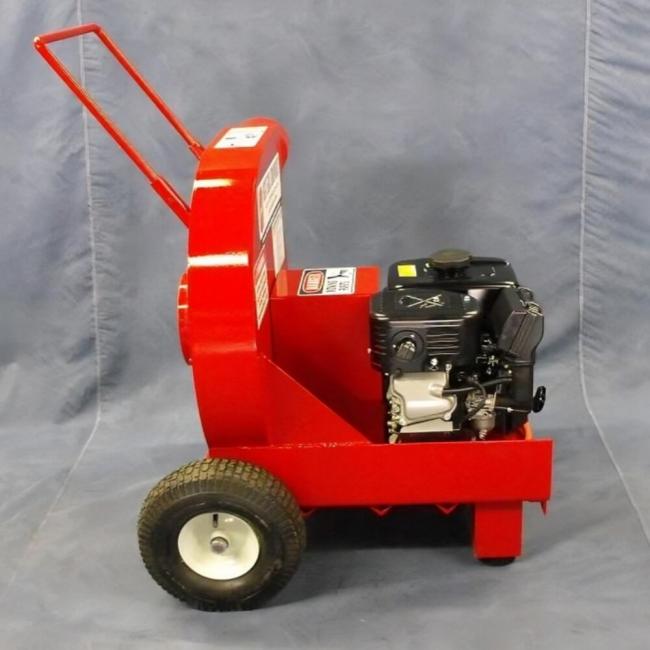Best Practices To Operate Insulation Removal Vacuums

Though modern-day vacuums have turned insulation removal into a quick and easy job, using the vacuum right is key to ensuring speedy results. This doesn’t necessarily mean following every single instruction in the manual as is, but rather knowing the best practices of using one so you can deliver a consistent job performance.
Besides, following insulation removal vacuum best practices also maximizes jobsite safety while improving the lifespan of your equipment. Though the machine is naturally built for rugged tasks, its efficiency is still dependent on how well you and your crew operate it.
So if you’ve got new members on your insulation removal team or just need a refresher yourself, these practices will guarantee fewer accidents and cleaner results.
1. Get familiar with the equipment
Before you or your crew powers on the machine, get familiar with all the basics of your vacuum. Learn about the hourmeter, the tachometer, its overall mechanism, and more. Focus on these:
- The major components of your insulation vacuum include its discharge ports, engine, suction intake, filters and safety switches.
- The instruction manual. Particularly the directions on safety warnings, maintenance and emergency shutdown procedures.
- The accessories you need - namely, a good quality suction hose coupled with a tear-resistant and spacious insulation removal bag that easily attaches to the unit.
Having foundational knowledge about your insulation vacuum will help you treat your machine right, thus reducing instances of wear over time.
2. Make PPE mandatory
Whether you’re clearing insulation on your own or passing the torch to somebody on your crew, personal protective equipment (PPE) is one aspect of the job that cannot be skipped. That is because old insulation is a major source of dust, debris and other contaminants such as rodent droppings and mold. You or your team should wear:
- Dust mask (at least N95) or respirators
- Protective shades or goggles
- Gloves
- Clothing that covers your entire arms and legs
- Hearing protection equipment
Being forearmed is non-negotiable and vital to safeguarding the health of any contractor present on-site.
3. Use safe operation techniques
Either have an expert on your crew demonstrate or call the company folks who made your insulation vacuum to show you how to use it safely. This mini training should include:
- Safe ways to power on and shut down the vacuum
- Hose management techniques so issues such as trip hazards, kinks, and clogs can be avoided
- Best vacuum positioning practices in relation to the removal area
- How to monitor suction power and airflow during operation
Questions should be a part of this session, along with supervised operation of the machine so you or your crew can get a hang of it.
4. Ensure routine maintenance
If you have a crew, consider routine maintenance of the vacuum to be a collective responsibility. In that case, your crew should:
- Check the hoses and connections for any signs of wear before each use
- See if the vacuum has sufficient oil or fuel
- Change the insulation removal vacuum bags that are at full capacity
- Conduct regular cleaning of the filters
- Report faults, unusual sounds, or a reduction in suction power immediately
The major advantage of having a well-maintained vacuum extends beyond longevity, covering improved on-the-job performance as well.
5. Host daily debriefings
If you’re heading a crew of insulation removers, ensure that you host a weekly, if not daily, debriefing session with your team to discuss the performance of the insulation vacuum. This should include how your team handled any snags or issues. Ask about:
- Operational issues
- Ease of set-up
- Insulation bagging process
Ten to fifteen-minute-long debriefing sessions will enforce continuous learning. In fact, the training should be ongoing. Refresher sessions from crew leaders will help experienced and new contractors alike in reinforcing what they have learned on the job.
Conclusion
Effective removal of insulation material isn’t just dependent on the power of the vacuum but on how well you and your team use that vacuum. A knowledgeable and safety-conscious operator will prioritize machine efficiency and longevity during every use. So, make sure you and your crew follow these best insulation removal vacuum practices.
Want a high-performing insulation removal vacuum for your business? Heat Seal Equipment Ltd. has the perfect models! Contact us to get vacuums, attachments, and other insulation-removing accessories that deliver top-tier results in every job.





